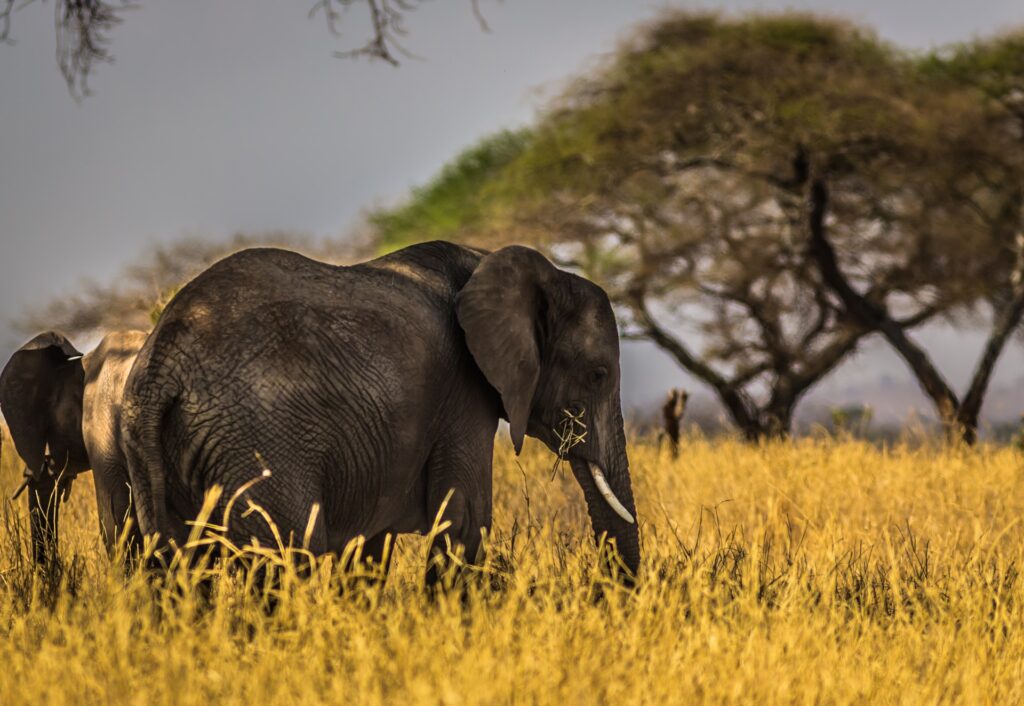
Environment and Biodiversity MCQs – 01 ( Basics of Ecology )
Most important MCQs from the chapter – Basics of Ecology MCQs for UPSC, State PSC and Other Examinations.
Home » UPSC Study Materials » Prelims Express » Chapterwise MCQs » Environment and Ecology MCQs » Environment and Biodiversity MCQs – 03 ( Ecosystems and Biomes )
Most important MCQs from the chapter – Ecosystems and Biomes MCQs for UPSC, State PSC and Other Examinations.
1. The transitional zone between two distinct ecosystems is known as ?
(a) Ecotype
(b) Ecade
(c) Ecosphere
(d) Ecotone
Correct Answer – (d) Ecotone
2. The speed of decomposition of organic matter in soil is determined by which of these major factors ?
(1) Soil organisms
(2) Temperature conditions
(3) Moisture conditions
(4) Quality of the organic matter
Select the correct answer using the codes below:
(a) 1 and 2 only
(b) 2, 3 and 4 only
(c) 3 and 4 only
(d) 1, 2, 3 and 4
Correct Answer – (d) 1, 2, 3 and 4
3. Consider the following statements about the Mangrove forests:
1. They have high biodiversity.
2. They mainly grow in coastal intertidal zones.
Select the correct statement(s) using the codes given below:
(a) 1 only
(b) 2 only
(c) Both 1 and 2
(d) Neither 1 nor 2
Correct Answer – (c) Both 1 and 2
4. Consider the following statements about the Estuaries:
1. They are among the least productive ecosystems in the world
2. Some estuaries form an ecotone of freshwater and salty seawater.
Select the correct statement(s) using the codes given below:
(a) 1 only
(b) 2 only
(c) Both 1 and 2
(d) Neither 1 nor 2
Correct Answer – (b) 2 only
5. Which of the following is an example of a Biome ?
(a) Tundra region
(b) Lake Pangong
(c) Himalayan forests
(d) Ganges River
Correct Answer – (a) Tundra region
6. Kelp forests are underwater areas with a high density of which among the following ?
(a) Brown algae seaweed
(b) Coral reefs
(c) Mangroves
(d) Tropical Rainforests
Correct Answer – (a) Brown algae seaweed
7. Mosses and lichens together are most likely to be found in which among the following climatic zones of the world ?
(a) Tropical
(b) Temperate
(c) Tundra
(d) Desert
Correct Answer – (c) Tundra
8. Consider the following statements about the Corals:
1. They protect coastlines from storms and erosion.
2. They provide nursery grounds for economically important fish species.
Which of the above is/are correct?
(a) 1 only
(b) 2 only
(c) Both 1 and 2
(d) Neither 1 nor 2
Correct Answer – (c) Both 1 and 2
9. The Great Barrier Reef is located in ?
(a) Pacific Ocean
(b) Atlantic Ocean
(c) Indian Ocean
(d) Mediterranean Sea
Correct Answer – (a) Pacific Ocean
10. Consider the following statements about the wetlands:
1. They are among the most productive ecosystems in the world.
2. They protect shores from wave action and reduce the impacts of floods/Tsunamis.
Select the correct statement(s) using the codes given below:
(a) 1 only
(b) 2 only
(c) Both 1 and 2
(d) Neither 1 nor 2
Correct Answer – (c) Both 1 and 2
11. Which one of the following is the most stable ecosystem ?
(a) Desert
(b) Mountain
(c) Ocean
(d) Forest
Correct Answer – (c) Ocean
12. The concept of ecological niche was first introduced by ?
(a) C.C. Park
(b) E.P. Odum
(c) J. Grinnell
(d) G.E. Hutchinson
Correct Answer – (c) J. Grinnell
13. Consider the following statements about the Niche of an organism :
1. A Niche is unique for an organism.
2. While habitat is a geographical place, a niche is the relationship of an organism with the components of an ecosystem
Select the correct statement(s) using the codes given below:
(a) 1 only
(b) 2 only
(c) Both 1 and 2
(d) Neither 1 nor 2
Correct Answer – (c) Both 1 and 2
14. What is the primary source of food for organisms in the marine ecosystem ?
(a) Phytoplankton
(b) Zooplankton
(c) Seaweed
(d) Grasses
Correct Answer – (a) Phytoplankton
15. Consider the following statements about the ecosystem of Savanna Grasslands:
1. Main vegetation is tall grass and short trees.
2. Trees usually have broad trunks.
Select the correct statement(s) using the codes given below:
(a) 1 only
(b) 2 only
(c) Both 1 and 2
(d) Neither 1 nor 2
Correct Answer – (c) Both 1 and 2

Most important MCQs from the chapter – Basics of Ecology MCQs for UPSC, State PSC and Other Examinations.

Most important MCQs from the chapter – Ecological succession and Forests MCQs.

Most important MCQs from the chapter – Nutrient cycles MCQs for UPSC, State PSC and Other Examinations.

Most important MCQs from the chapter – Environmental Conventions and Protocols MCQs for UPSC, State PSC and Other Examinations.

Most important MCQs from the chapter – Environmental Pollution and Climate Change MCQs for UPSC, State PSC and Other Examinations.

Most important MCQs from the chapter – Endangered Species of India MCQs for UPSC, State PSC and Other Examinations.

Most important MCQs from the chapter – Biodiversity Conservation MCQs for UPSC, State PSC and Other Examinations.

Most important MCQs from the chapter – Environment Protection Initiatives in India MCQs for UPSC, State PSC and Other Examinations.

Most important MCQs from the chapter – Environmental Organizations in India MCQs for UPSC, State PSC and Other Examinations.

Most important MCQs from the chapter – National Parks and Tiger Reserves in India MCQs for UPSC, State PSC and Other Examinations.

Most important MCQs from the chapter – Environment Related Days of the Year MCQs for UPSC, State PSC and Other Examinations.
We are adding new Notes, Chapterwise MCQs, Quizzes, Previous Years Questions everyday
We are adding new Notes, Chapterwise MCQs, Quizzes, Previous Years Questions everyday